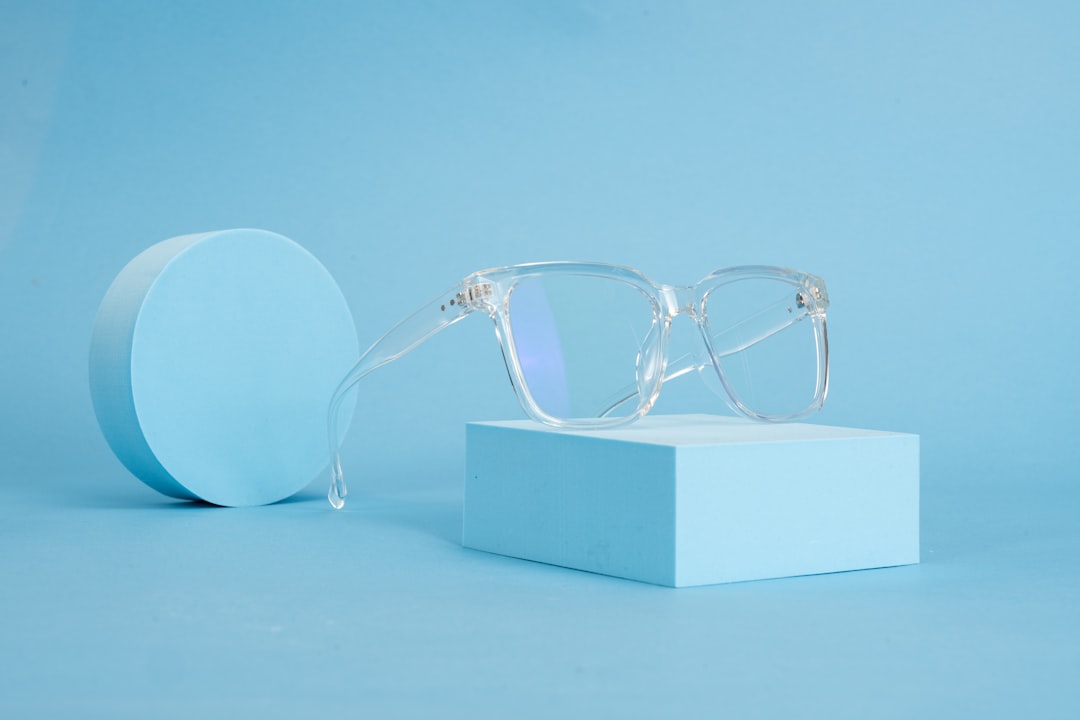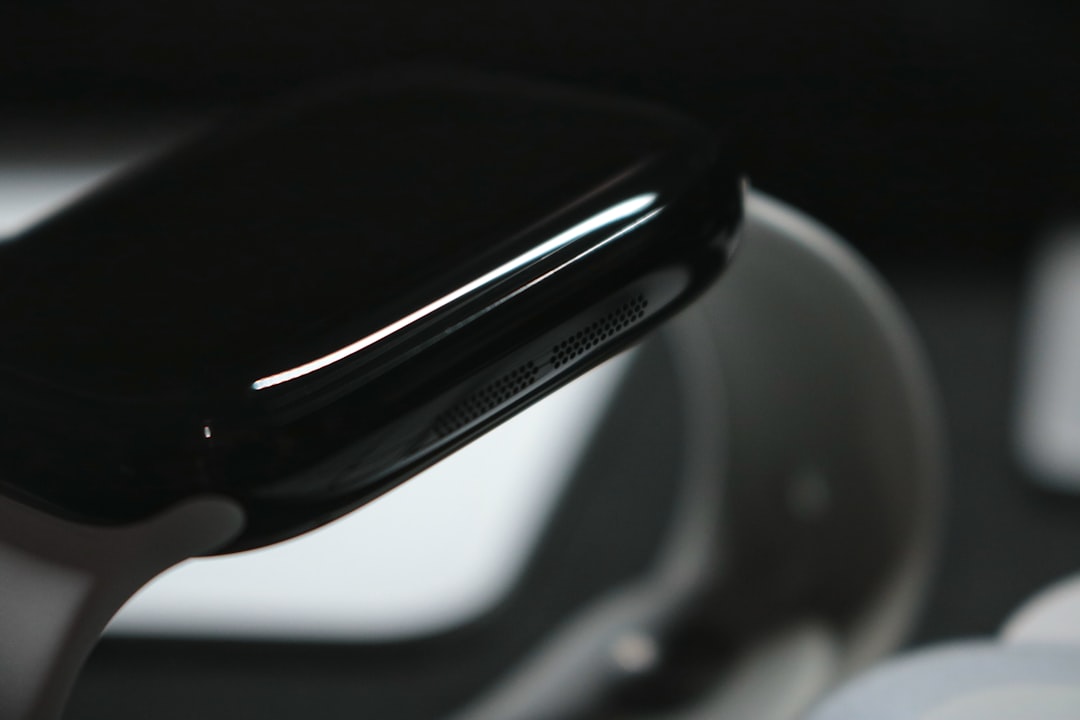Imagine wearing your smartphone on your face. Sounds futuristic, right? Well, back in the early 2010s, that future started to take shape. One bold player in the smart glasses world was Recon Instruments. Their product, the Recon Jet, aimed to change how athletes trained and performed. Let’s take a fun walk—or cycle—down memory lane and see how smart glasses have evolved since then.
What were Smart Glasses?
Smart glasses are wearable tech that combine eyewear with digital info. Think regular sunglasses but with a tiny computer and a small screen. They help users see maps, messages, stats, and even take photos—right from their eyewear!
Some smart glasses use voice control. Others use touchpads built into the side. The idea is to keep your hands free while staying connected.
The Rise of Recon Jet
Before everyone started talking about smartwatches and AR headsets, there was Recon Instruments. Founded in 2008, the company focused on wearable tech for sports and fitness. Their big move? Launching the Recon Jet in 2014.
The Jet was made for athletes. Especially runners, cyclists, and triathletes. It had a tiny display just below the right eye. This gave users real-time data—like speed, distance, pace, and heart rate—while they trained.

Cool Features of Recon Jet:
- Heads-up display with crisp info
- GPS and motion sensors
- Bluetooth and Wi-Fi
- HD camera for photos and videos
- Smartphone notifications
Sounds amazing, right? But the Jet had some issues. The battery lasted only a few hours. It was also big and bulkier than sunglasses. And the price? About $500. That was a lot for 2014!
Why Recon Jet Was Special
The Jet wasn’t the first or the flashiest. But it tried something brave. It focused on athletes—not general users. That made it unique at the time. Athletes could monitor their performance without stopping to check a phone or watch. For cyclists especially, this was a game-changer.
Recon also built strong partnerships. They teamed up with Garmin, Strava, and training apps. That meant seamless data syncing and rich workout tracking.
The Fall of Recon Jet
Despite its innovation, Recon Jet couldn’t break through. The display was tricky to focus on for some users. The device was heavy and often got warm during use. Plus, with newer wearables like smartwatches emerging, the Jet couldn’t keep up.
In 2015, Intel bought Recon Instruments. The move promised exciting improvements. Sadly, that dream didn’t last long. Intel shut down Recon in 2017.
Though short-lived, the Jet left a legacy. It inspired new ideas and pushed tech companies to explore what smart eyewear could do.
Smart Glasses Today
Fast forward to today, and smart glasses look and feel different. They’re lighter, sleeker, and more powerful. They try to fit into everyday life—not just sports. Some even support augmented reality (AR) features.
Here are a few of today’s leading smart glasses:
1. Ray-Ban Meta Glasses
- Stylish, looks like classic sunglasses
- Built-in camera and speakers
- Supports voice commands via Meta AI
- Great for casual users
2. Vuzix Blade
- Geared towards professionals
- Full-color display
- Voice control and gesture support
- Used in factories, medicine, and warehouses
3. XREAL Air
- Focuses on AR entertainment
- Projects a massive “screen in the sky”
- Connects to phones and gaming consoles

How Far We’ve Come
The difference between then and now? A lot!
Let’s compare some key features:
| Feature | Recon Jet (2014) | Modern Smart Glasses (2024) |
|---|---|---|
| Display | Monochrome below eye | Full-color, embedded in lens or via projection |
| Battery | 2–4 hours | Up to 8+ hours and quick-charging |
| Controls | Touchpad, buttons | Voice, gestures, apps |
| Purpose | Sports-specific | Everyday use and enterprise |
| Style | Sporty and rugged | Sleek, fashionable |
What We Learned from Recon Jet
The Recon Jet may not have taken over the world, but it taught us valuable lessons:
- Focus on the user: Jet was loved by athletes because it solved a specific need.
- Design matters: Bulky gadgets are harder to use and less fun to wear.
- Battery life is key: Nobody wants to recharge glasses every hour.
- Integrations help: Working with popular apps makes a product more useful.
Because of the Jet, future smart glasses started to balance looks, comfort, and function better. Its legacy lives on in every new pair of AR or smart glasses launched today.
Where Are Smart Glasses Going?
With big tech companies like Apple, Google, Meta, and Samsung working on glasses, the future looks exciting. We may eventually see smart glasses replace our phones or laptops—for some tasks at least.
Imagine replying to texts with your voice, getting walking directions right in your field of view, or watching a video on a floating screen—all without looking down. With AI, 5G, and AR, these dreams are closer than ever.

Conclusion
The Recon Jet might be gone, but it’s far from forgotten. It lit a fire in the smart glasses space. It dared to try something new.
Smart glasses have come a long way since 2014. They’re more powerful, and better designed. Yet, they all owe a little something to those early pioneers like Recon.
So next time you spot someone wearing a pair of techy glasses, remember—every innovation started with a bold idea like the Recon Jet.
 logo
logo



